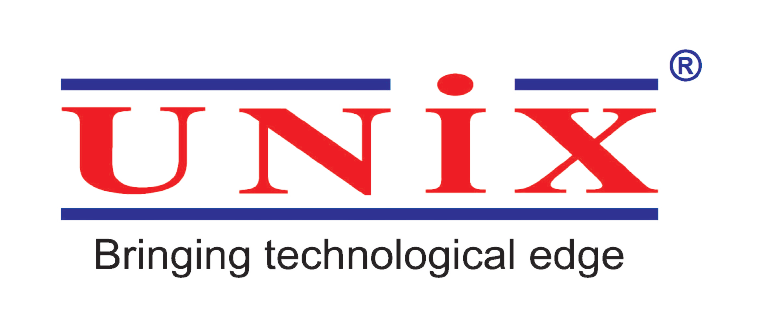Digital Printers in 2025: The Future of Fast, High-Quality Printing
Digital printing has come a long way. In 2025, it's faster, sharper, and more versatile than ever. From t-shirts to packaging to signage, digital printers are at the heart of modern production—and they’re no longer just for big companies.
Here’s what makes digital printers essential in today’s world.
What Is Digital Printing?
Digital printing is a method that transfers digital files directly to a variety of materials—paper, fabric, plastic, and more—without using printing plates. It’s ideal for short runs, quick turnarounds, and high levels of customization.
Where Digital Printers Are Used
Digital printers power many industries. Here are just a few examples:
-
Apparel – Direct-to-garment (DTG) printers create vibrant, custom shirts with no setup time.
-
Marketing – Quick-turnaround posters, brochures, and business cards.
-
Packaging – Custom boxes and labels for small-batch products.
-
Interior design – Printing on wallpaper, canvas, and fabric for unique decor.
-
Events & entertainment – Banners, backdrops, and branded merchandise.
Even online platforms like those found on the inclave casino list use digital printing behind the scenes—for exclusive merchandise, loyalty rewards, and promotional giveaways tailored to their players.
Key Features of Modern Digital Printers
1. High Resolution & Color Accuracy
Digital printers now rival traditional presses in clarity and color depth. Many use six or more ink channels, enabling sharper detail and smoother gradients.
2. Eco-Friendly Inks and Substrates
With growing demand for sustainability, newer printers use water-based, eco-solvent, and UV-curable inks that produce less waste and fewer emissions.
3. Automated Workflow
Modern printers integrate with design software and cloud platforms. This allows for:
-
Real-time print queue management
-
Remote print job submission
-
Automated cutting and finishing options
4. Material Flexibility
Today’s machines print on:
-
Cotton, polyester, leather
-
Vinyl, canvas, wood
-
Metal, acrylic, ceramics
This opens the door to creative product lines without needing multiple machines.
Digital Printing Trends in 2025
-
Personalization at scale: Small-batch and one-off products are now cost-effective
-
Smart maintenance: AI-driven printers monitor ink levels and self-diagnose issues
-
3D and texture simulation: Some printers mimic raised finishes or tactile effects
-
On-demand production: Reduces storage needs and overproduction
Short FAQ
Is digital printing better than traditional printing?
For small batches and fast turnaround—yes. Traditional methods are still better for mass production.
Can digital printers print on fabric?
Yes. Direct-to-garment (DTG) and dye-sublimation printers handle textiles.
How expensive are digital printers?
Entry-level models are affordable for small businesses. High-end units cost more but offer greater speed and quality.
